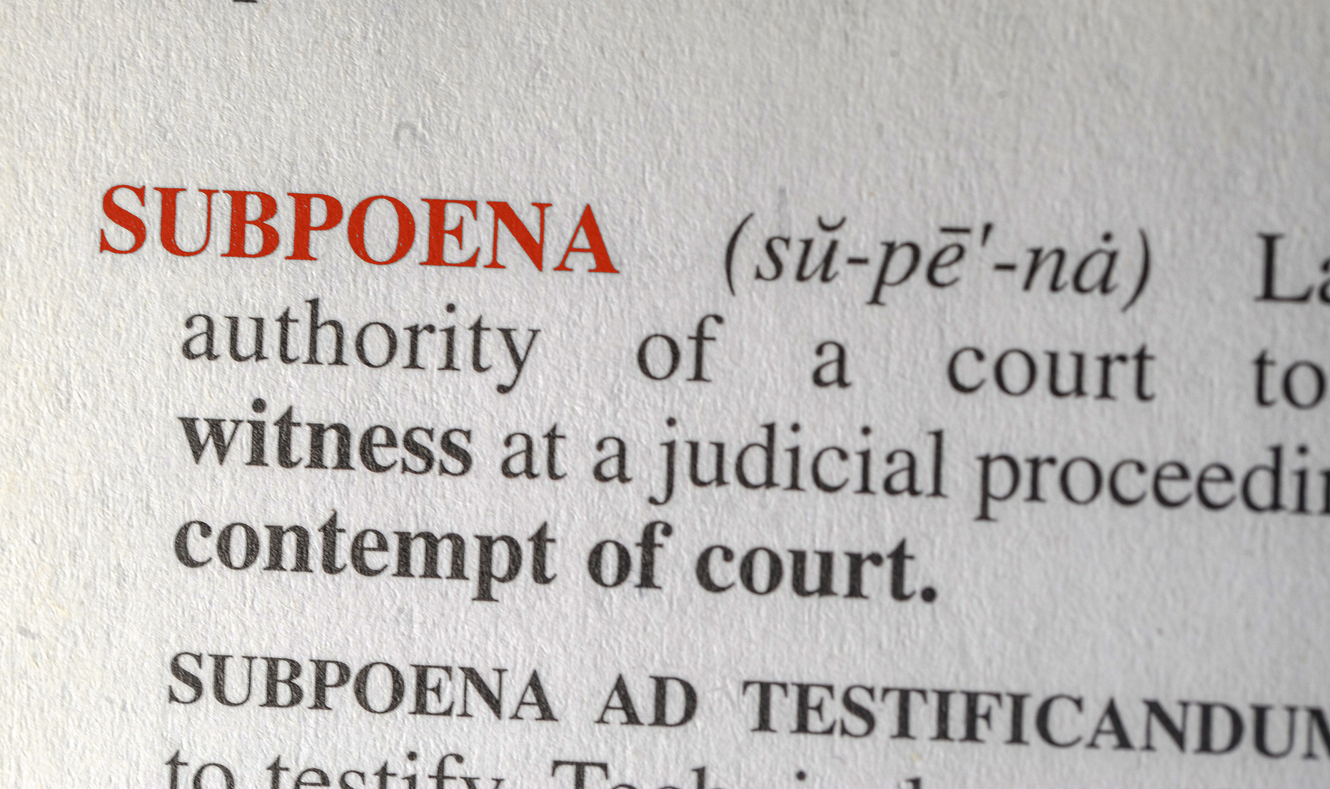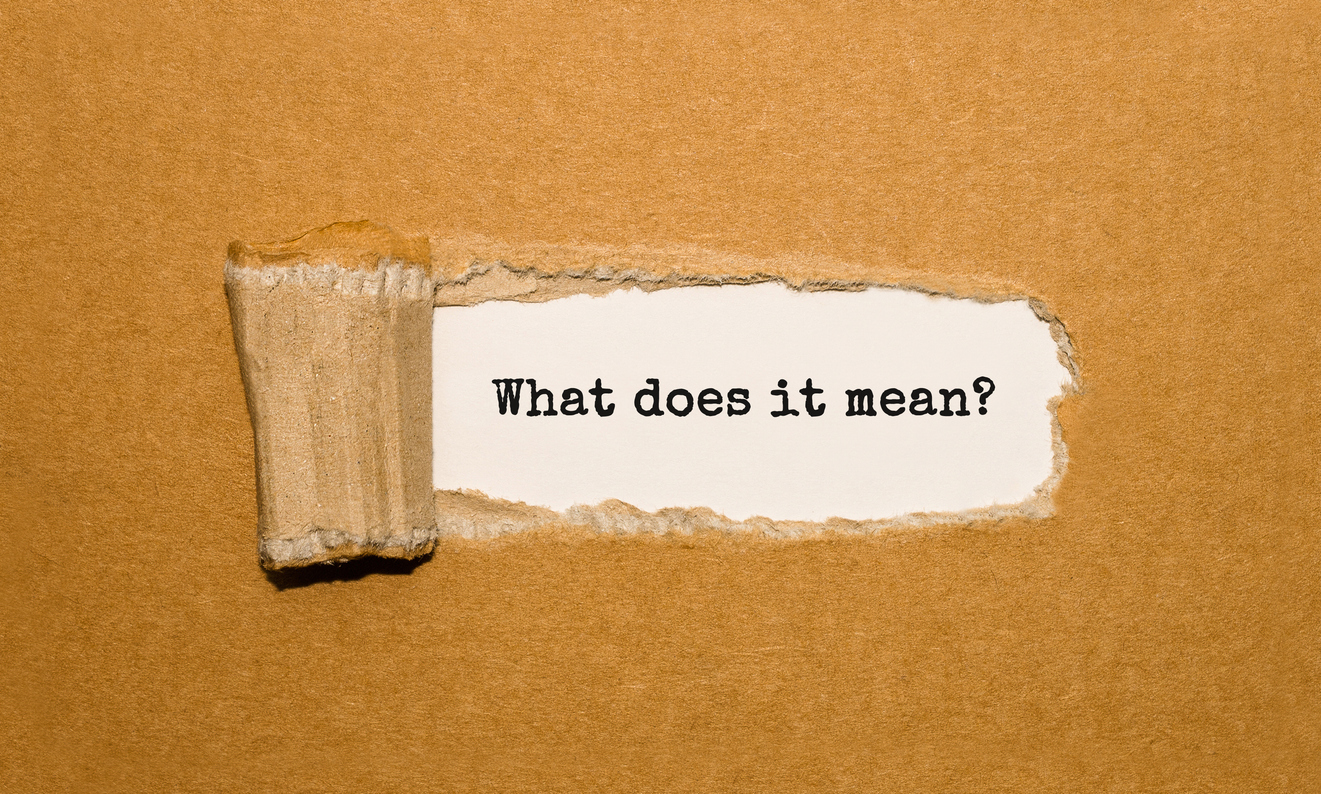I was recently retained by a hotel management company regarding problems associated with their Hurricane Ike insurance claim. Yesterday, during an Examination Under Oath taken in that matter by Liberty Mutual Insurance Company, the CEO of the management company handed me an article indicating that the property and casualty insurance company had a profitable year, despite the economy and catastrophes such as Hurricane Ike. He had previously thought the insurer’s slow and low payments might be the result of economic difficulties. Even large corporate clients like the hotel wonder why they must hire an attorney just to get what the insurance company owes them.
His questions and the article reminded me of the first prize paper in the 2008 Student Writing Competition of the Tort Trial and Insurance Practice Section of the American Bar Association: Whitney Mauldin’s Good Business/Bad Faith: Why the Insurance Industry Should Adopt a Good Faith Model, 43 Tort & Ins. Prac. J. 151 (Summer 2008). It is an excellent paper which should be studied by all in this field. Claims managers and adjusters should reflect upon the author’s findings.
The paper noted "most insurance companies…are for-profit corporations, and their desire to increase profits frequently results in the implementation of business practices that are adverse to the insured." It went on to note four modern claims trends which were made to increase profits but have "gone awry" to the detriment of the insurance industry’s customers. Those listed are:
- Computers in Claims Handling.
- Compartmentalization of Claims Handling.
- The Use of Outcome Oriented Experts.
- Use of Corporate Consultants that do not Appreciate the Ethics of Good Faith Claims Handling.
The author’s conclusion is worthy of quoting:
CONCLUSION: A CALL FOR A GOOD FAITH MODEL
Part of the problem documented here is the result of a fundamental change in the insurance industry. Insurance companies used to be, at least primarily, mutual companies, meaning that they were owned by policyholders, for the benefit of the policyholders. However, since the 1970’s there has been a shift toward a for-profit corporate structure, with insurance companies being owned by shareholders. This puts the company in the position of deciding whose interests to serve, that of the shareholders or those of the policyholders. It has a fiduciary duty to both.
The laws of the fifty states regarding bad faith are inconsistent. Therefore, if insurance companies want to avoid costly litigation and want to fulfill the role they were created to fulfill, then the industry should adopt a good faith model. Clear, common sense guidelines designed to build solid business practices would eliminate the uncertainty of claims handling and protect the insureds as well as the insurer. It could be argued that the current profit driven model not only leads to a breach of the fiduciary duty of good faith to the insured but also to the company’s duty to its shareholders. To the extent that these expensive and highly publicized bad faith law suites cause damage to not only the profitability but the reputation of the insurer management may have caused long term damage to the share holders by lowing the overall value the corporation.
There are some basic concepts that will form a foundation for a good faith claims handling model. First, avoid the use of any mechanism that will standardize claims. Claims are unique and efforts to rubber stamp them, will likely lead to a breach of the duty of good faith. Second, maintain communication with the insured through the claims handling process. Ensure that the adjuster can access the insured personally and that one person is in charge of all correspondence with the insured. The adjuster should have an integral role and therefore a holistic understanding of the investigation as it proceeds so that they can communicate progress to the insured. Third, use experts appropriately. Do not use them to create a one-size-fits-all investigation and do not ignore them when they provide evidence of a valid claim. Finally, make the policyholder more important that the shareholders. The duty is owed to policyholder.
Companies should establish protocols that alert the company when they are making increased sums of money and are not paying claims. Efforts to increase profits are a part of business but those efforts should be directed towards planning the business carefully, changing marketing strategies, selling more policies, and carefully selecting reinsurance. These strategies should leave the good faith claims handling model alone. This model is necessary, because the courts have repeatedly shown that in the war between shareholders and policyholders, the policyholders will win every time, whether it is initially by a fair settlement of the claim or later with loss of customers or punitive damages.



